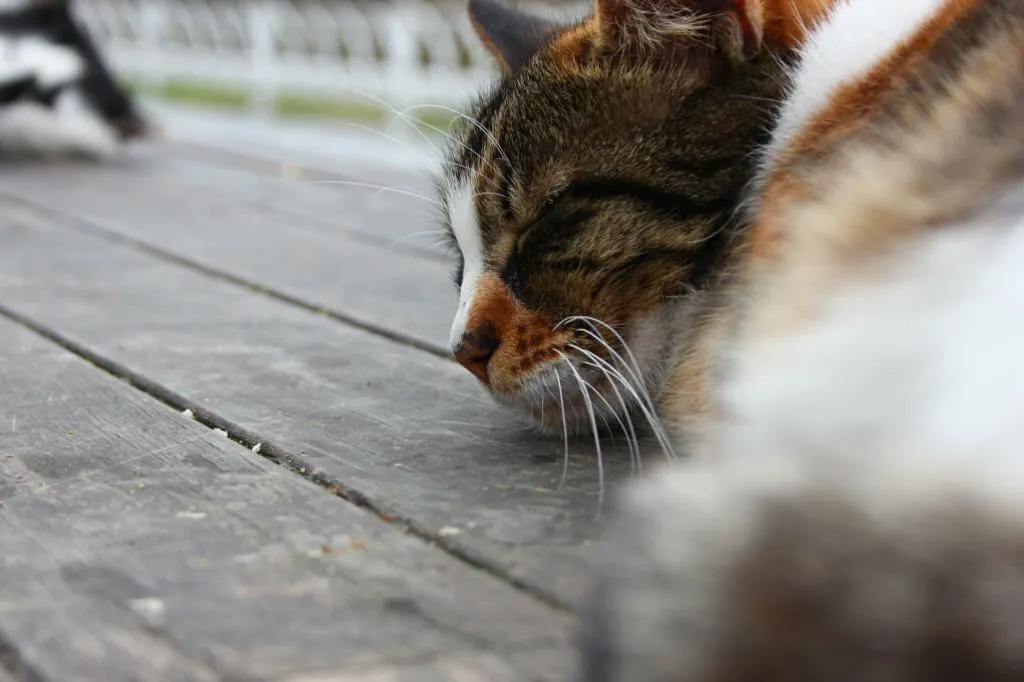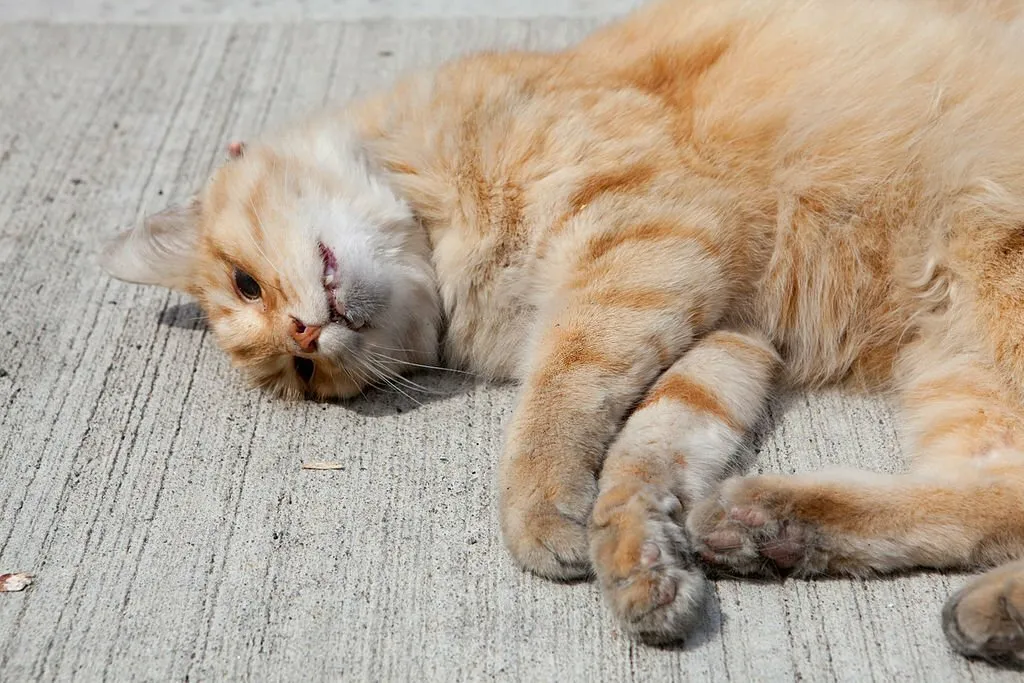Are you among those curious about cats knowing when they are dying? Do you want to know if cats know when they are dying? If yes, keep reading to know if cats know when they are dying.

Cats most times have distinct behaviors and acute senses, they exhibit signs that prompt speculation about whether they can anticipate their demise.
However, understanding their cognitive awareness and emotions remains a complex challenge.
Here, you will get to know whether cats know when they are dying.
Do Cats Know When They Are Dying?

No, cat don’t know when they are dying. Furthermore, cats cannot comprehend death in the same way humans do, as it involves a level of abstract thought and conceptualization beyond their cognitive capacity.
While cats may not grasp the concept of death, they might display alterations in behavior that could be misconstrued as premonitions of their end.
Furthermore, this display may include changes in appetite, activity levels, vocalization, and social interaction are some observable signs.
Moreover, some cats might seek isolation or show increased clinginess as a response to discomfort or pain.
Do Old Cats Know When They Are Dying?
No, old cats don’t know when they are dying. However, they might exhibit behavioral changes or show signs that they’re approaching the end of their life.
While it’s not definitively known if they possess a conscious awareness of death as humans do. older cats may sense changes within their bodies and exhibit certain behaviors that suggest a decline in health.
These behaviors might include a decrease in activity, changes in eating and drinking habits, seeking solitude or isolation, withdrawal from regular activities or interactions, and physical signs of pain or discomfort.
How Cats Perceive Illness and Pain
Cats are masters at concealing signs of illness and pain, a trait inherited from their wild ancestry. Interestingly, their survival instincts drive them to mask weaknesses to avoid becoming prey. Therefore, understanding a cat’s distress can be challenging.
As an owner, being vigilant about subtle cues such as changes in grooming habits, vocalization, and litter box patterns is crucial.
Related Searches: